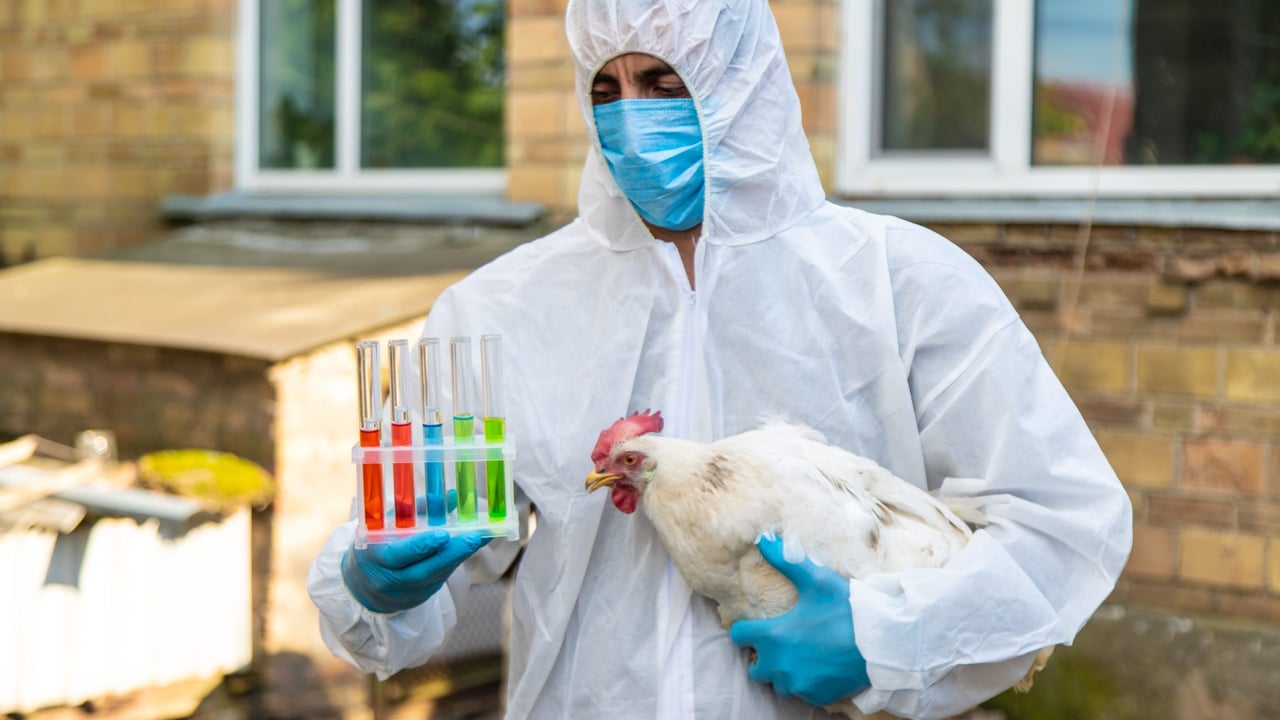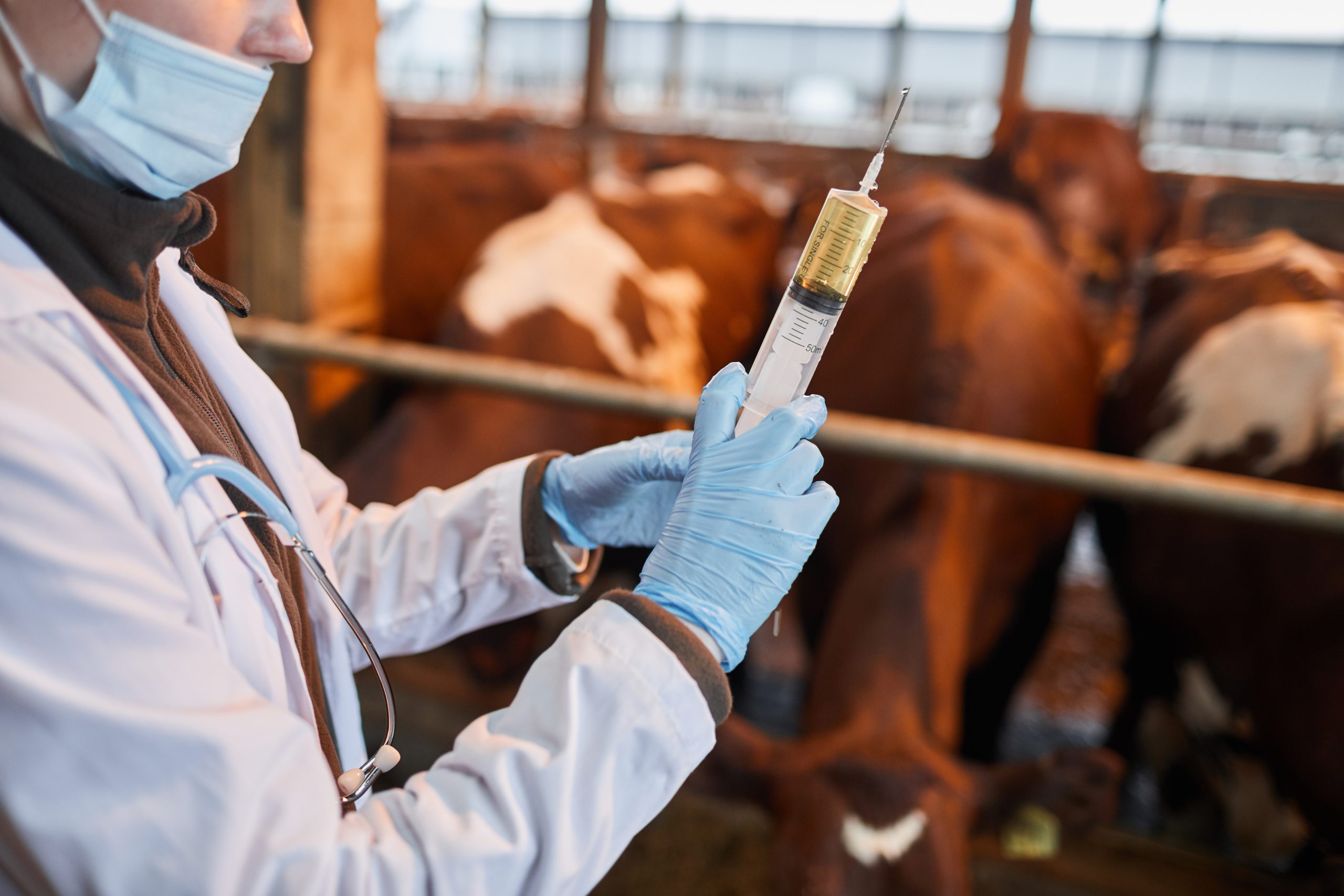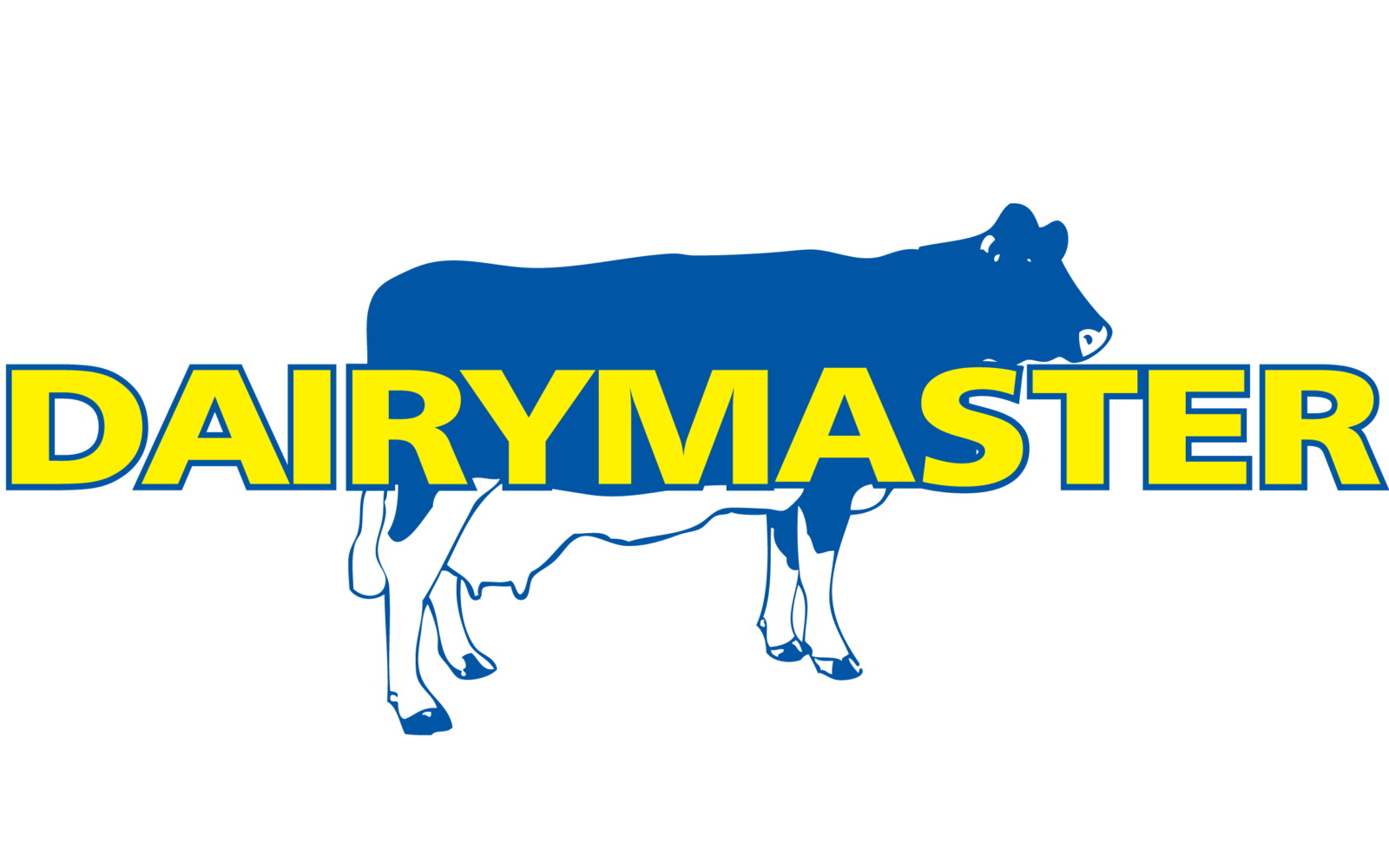WOAH report: Infectious animal diseases affecting new areas and species
The "spread, prevalence and impact of infectious animal diseases" is changing and bringing new challenges, according to a new report published by the World Organisation for Animal Health (WOAH) today (Friday, May 23).
The WOAH report details that animal diseases are migrating into previously unaffected areas, half of which have zoonotic, or animal-to-human, potential.
The organisation has highlighted that outbreaks of bird flu in mammals more than doubled last year with 1,022 outbreaks across 55 countries compared to 459 outbreaks in 2023.
The authors of the report warn that while the risk of human infection remains low, the "more mammalian species" - such as cattle, cats or dogs infected - the greater the possibility of the virus adapting to mammal-to-mammal, and potentially human, transmission.
Bird flu - which has resulted in the culling or loss of more than 630 million birds in the last two decades - was according to WOAH, one of several animal diseases to affect new areas last year.
But it also identified a number of concerning developments including:
- The spread of African swine fever (ASF) to Sri Lanka marked the most significant “disease jump” of the year - travelling more than 1,800 km from the nearest outbreaks;
- Peste des petits ruminants (PPR) once confined to the global south recently re-emerged in Europe, with outbreaks in Greece, Romania, Bulgaria and Hungary;
- A total of 3,517 bluetongue outbreaks were reported by 23 countries;
- Germany experienced its first foot and mouth disease (FMD) outbreak since 1988 and EU’s first since 2011.
- A zone within South Africa recorded the first occurrence of serotype SAT 3, while Iraq and Kuwait also reported an outbreak of serotype SAT 1;
- The lumpy skin disease (LSD) was detected for the first time in northern Africa, with outbreaks reported in Algeria, Libya, and Tunisia, as well as Japan;
The report also highlights that half of the WOAH-listed diseases notified to the organisation between 2005 and 2023 were considered a threat to human health with zoonotic, or animal-to-human infection, potential.
The organisation has pointed to "climate change and increased trade" among the key factors influencing the spread and prevalence of animal diseases.
According to WOAH, many of these diseases are preventable through a combination of vaccination, improved hygiene and biosecurity measures.
However the report also set out that access to animal vaccines remains uneven around the world.
Dr. Emmanuelle Soubeyran, director general of WOAH, said:“ Alongside other measures, vaccination remains one of the most powerful disease prevention tools available, saving countless lives, preventing economic losses and reducing the need for antimicrobial treatments.
“To limit the spread of highly damaging diseases like avian influenza, foot and mouth disease and PPR, the global community must strengthen international cooperation and ensure equitable access to safe, effective vaccines, alongside other control measures.”
Since 2006, WOAH has supported access to animal vaccines through its vaccine banks and currently operates two, one for rabies and one for PPR.
In the latest report its stresses the importance of disease prevention for reducing the need for antibiotic treatment and limiting the development of drug-resistant diseases.
The latest figures indicate that antimicrobial use, including antibiotics, in animals fell 5% between 2020 and 2022, with use in Europe seeing the biggest decline of 23%, followed by Africa at 20%.
However, one in five countries continue to use antimicrobials as growth promoters, which is discouraged by WOAH.






